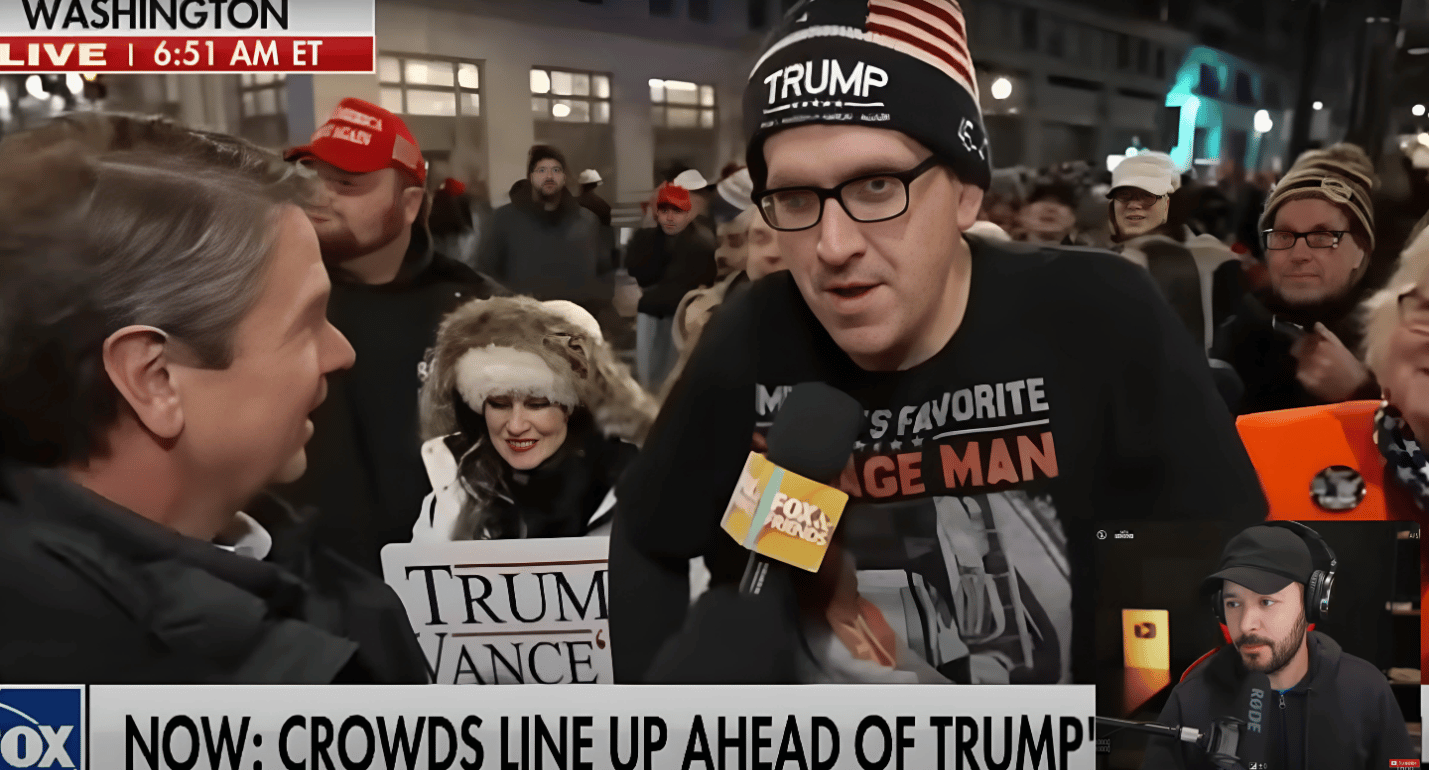As the United States prepares for the inauguration of President-elect Donald Trump on January 20, 2025, Washington, D.C., is abuzz with heightened security, political tensions, and logistical adjustments. This marks Trump’s second term in office, following a closely contested election. Here’s a comprehensive look at the key developments leading up to the big day.
Enhanced Security Amid Concerns
The nation’s capital is on high alert, with the U.S. Secret Service spearheading the most extensive security operation ever seen for a presidential inauguration. More than 25,000 responders, including law enforcement and National Guard personnel, are deployed to ensure the event proceeds without incident. Key measures include:
- Anti-Scale Fencing: Over 30 miles of fencing has been installed around critical venues.
- Drone Surveillance: Advanced drones are being utilized for aerial monitoring.
- Robotics: Police robots are deployed to inspect suspicious packages and secure key areas.
- Concrete Barriers: Strategic placement of barriers aims to mitigate vehicular threats.
Despite these measures, residents and visitors have expressed mixed emotions. Many feel reassured, while others describe a “foreboding energy” as the city braces for potential disruptions.
Logistical Adjustments for Weather
In a rare move, the swearing-in ceremony has been relocated indoors to the Capitol Rotunda due to extreme weather forecasts. This decision marks the first indoor inauguration since Ronald Reagan’s second term in 1985. Temperatures are expected to plunge well below freezing, with icy winds posing a risk to attendees and security personnel alike.
President-elect Trump addressed the change, stating, “I don’t want to see anyone hurt or endangered due to these extreme conditions.” He also announced plans to open the Capital One Arena for live viewing of the event and subsequent celebrations, including a victory rally and three inaugural balls.
Protests and Divided Opinions
As Trump’s supporters gather in the thousands to celebrate his return to the White House, equally large groups of protesters are taking to the streets. Demonstrations, including the annual People’s March, highlight issues ranging from climate change to immigration and women’s rights. Though organizers anticipated crowds of up to 50,000, reports indicate turnout has been significantly lower.
Notable figures, including former First Lady Michelle Obama and prominent Democratic leaders, have announced their intention to boycott the inauguration, further underscoring the event’s divisiveness.
Ceasefire in Gaza: A Parallel Development
In an unexpected yet timely development, a ceasefire agreement between Israel and Hamas has come into effect. Brokered with significant international pressure, the agreement includes the release of hostages and humanitarian aid for Gaza’s civilians. President Joe Biden, in one of his final addresses, credited this milestone to months of relentless diplomacy.
However, questions linger over whether Trump’s “all hell to pay” rhetoric influenced the last-minute resolution. The ceasefire’s fragile nature and its reliance on continued international cooperation underscore the complexities of Middle Eastern diplomacy.
TikTok Ban Adds to the Drama
Adding to the day’s headlines, the U.S. Supreme Court has enforced a nationwide ban on TikTok, citing data security and propaganda concerns. The app’s abrupt shutdown has left creators scrambling for alternatives, with many speculating that the incoming administration might revisit the decision.
Looking Ahead
With tensions running high and a packed schedule of inaugural events, the next 48 hours promise to be pivotal in shaping the trajectory of the Trump administration’s second term. From executive orders to policy rollouts, Trump has promised swift action on key issues such as border security, deregulation, and energy production.
Stay tuned for updates as we cover this historic moment, one that reflects both the challenges and resilience of American democracy.
